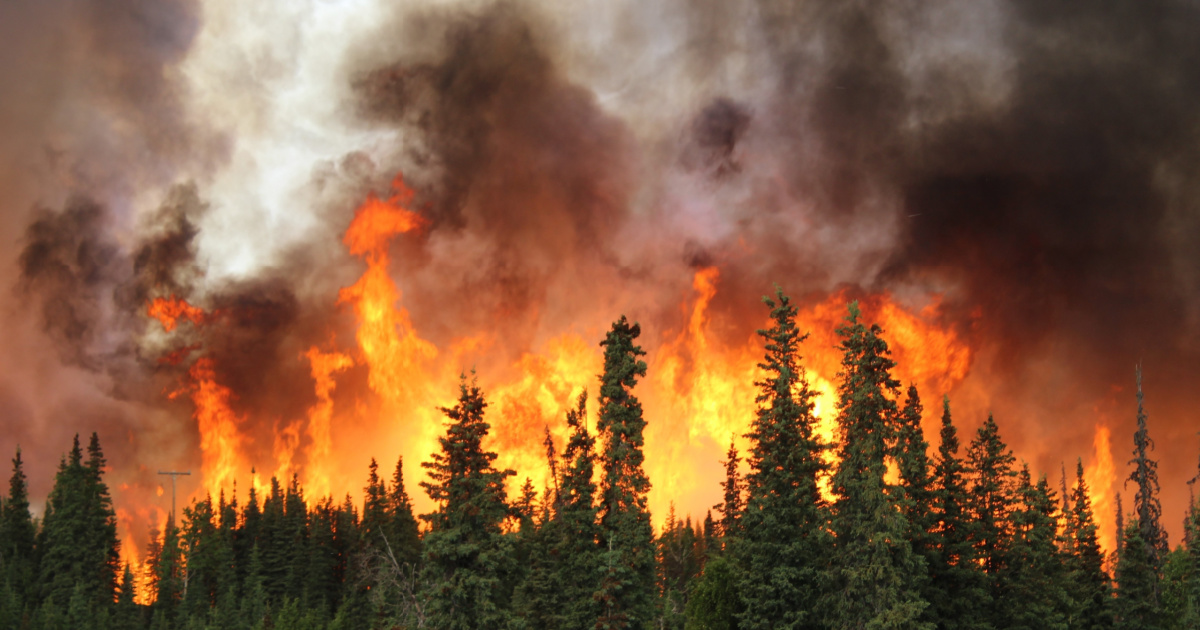
We kind of take fire for granted these days. It’s literally at the tip of our fingers, and in many homes, all we have to do is push a button to feel it’s warming crackle and heat.
There was a time, though, when it was much more precious – and a long time when it didn’t exist at all.
Earth is, after all, the only planet we know of that has ever had a fire.
It took billions of years for the right conditions to develop on Earth. Sure, there was the occasional magma belch from a volcano, but we’re talking about actual flames.
2.4 billion years ago, Earth’s atmosphere was a thick haze of methane due to the emerging bacterial life.
Then the Great Oxidation Event, caused by ancient cyanobacteria producing energy from sunlight, happened and oxygen was released into the atmosphere.
As oxygen destabilized the methane in the atmosphere the Earth experienced a worldwide deep freeze, nearly collapsing the greenhouse effect.
The first fossil record we have confirming fire comes from the Middle Ordovician period, billions of years later. Fire needs a sweet spot between 13% and 35% oxygen to combust but not consume the natural world.
The first land plants, mosses and liverworts, began producing oxygen in the Ordovician period, around 470 million years ago.
420 million years ago, charcoal was found in rocks from this period, but it wasn’t until 383 million years ago when the first extensive wildfires took place.
The planet – and to a shorter extent, humans – have been battling fire ever since.
And occasionally using it to our advantage.
If you thought that was interesting, you might like to read about the mysterious “pyramids” discovered in Antarctica. What are they?